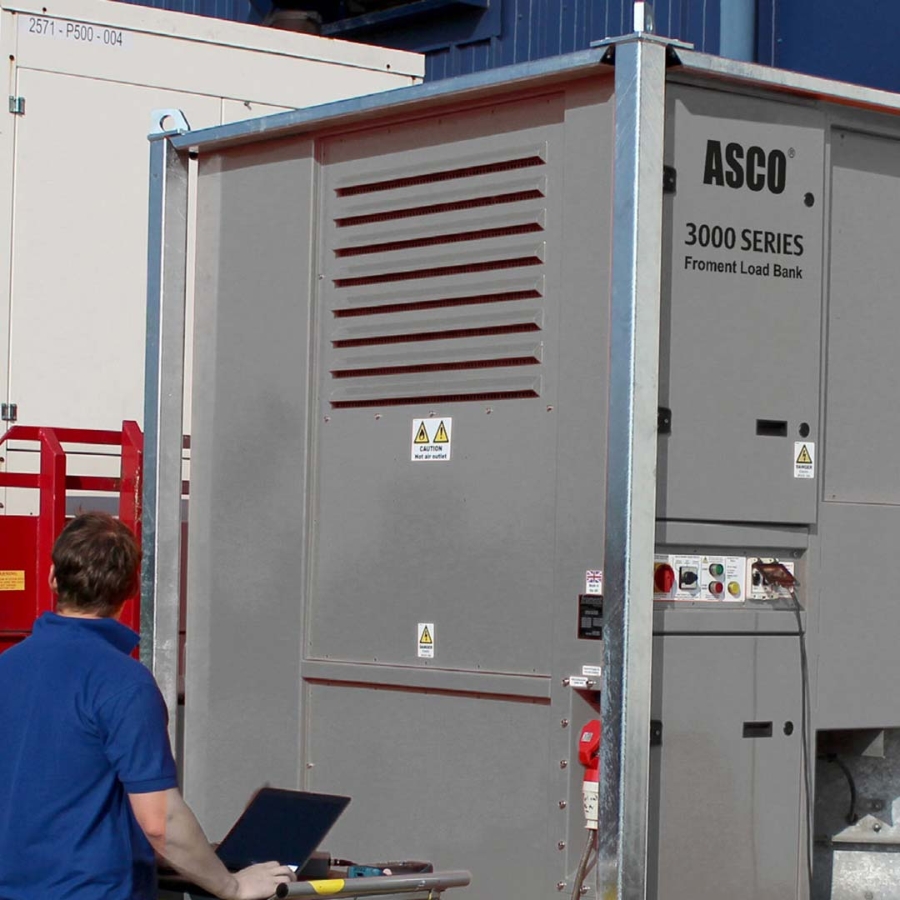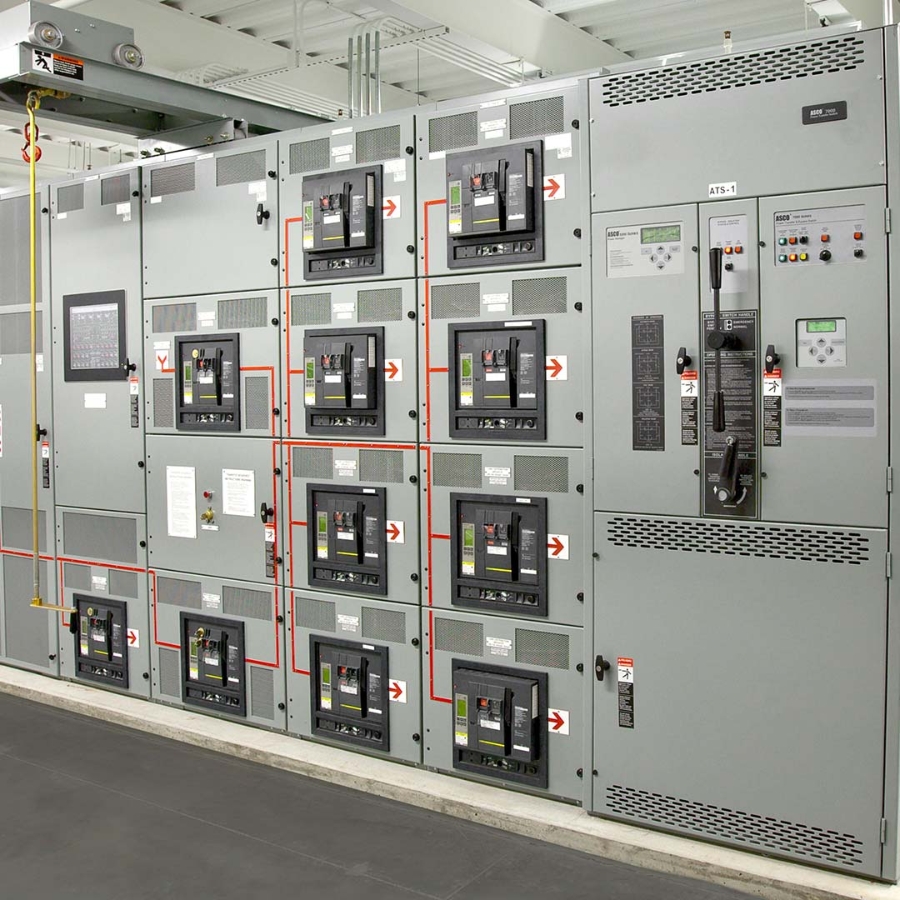One reason for the gains in solar power is falling costs. According to the U.S. Department of Energy, since the beginning of 2014, the average cost of solar photovoltaic panels has dropped nearly 50 percent. The DoE concludes: “Solar power is more affordable, accessible, and prevalent in the United States than ever before.”
“In every jurisdiction in the world, solar power produced on site is cheaper than buying electricity from a utility,” says Christopher Burgess, Project Director for the Islands Energy Program at Rocky Mountain Institute.
Kaiser Permanente created a microgrid that incorporates solar power at its Richmond Medical Center. Solar panels on the roof of the parking garage can generate 250 kilowatts of power.
“By operating California’s first-ever hospital microgrid, we are helping to reduce pollution and climate-warming emissions in a community that is hard-hit by the negative health effects of both pollution and climate change,” said David Leighton, Chief Operating Officer of the Richmond Medical Center, in a statement. “In Richmond, that includes environmental stewardship as a key determinant of health.”
Kaiser defines a microgrid as “an energy system that collects, stores, and releases energy on demand — and can continue to operate even if the power grid goes down.” In addition to solar power, the Kaiser microgrid draws on backup generators. The microgrid will be able to power critical systems for up to three hours if utility power goes down.
“The successful operation of the microgrid is another milestone in our industry-leading renewable energy program, reflecting our commitment to addressing the health impacts of climate change and to reducing pollutants that can lead to disease,” Leighton said.
POWER STORAGE
The Kaiser microgrid incorporates another key element, one that is gaining more attention across the nation: energy storage. Batteries can store up to one megawatt of power.
When solar panels are teamed with lithium ion battery or other energy storage, the microgrid can stay online by tapping its stored reserves during periods when the sun is not shining or the electric grid utility is down.
That stored-up power can be used by the facility itself or in some cases sold to the utility. “In a number of states, battery power also can be sold to and used by the electric utility,” says Burgess. Though such batteries are expensive, making their excess storage available to the local electric utility can generate income. Burgess believes that investing in battery storage, which often can be located in a utility closet or outside in small 10- to 20-foot containers, allows some building owners to achieve payoffs in less than five years. Battery storage offers other benefits as well. “Adding energy storage to the microgrid, most commonly now with lithium ion batteries, adds initial cost but improves reliability and long-term costs,” says Michael Fluegeman, Principal of PlanNet Consulting. “If PV/solar is the primary microgrid energy source and reliability is required, then onsite storage also is likely required.”
Peter Strazdas, Associate Vice President of Facilities Management at Western Michigan University, says that WMU has been paying close attention to the falling costs of energy storage batteries. “We’re thinking about storage,” he says. Right now, the university produces more electricity than it needs in the winter and sells the excess back to the utility company at a small loss, though overall the CHP system saves money. As the capital cost of batteries comes down, the question becomes, “If I can make this stuff very inexpensively, should I sell it back for a loss or store it?” Strazdas says. He expects WMU to install batteries sometime in the next few years.
ELECTRIFICATION OF BUILDING LOADS
Another green strategy could give facility managers one more reason to consider microgrid solutions. That strategy is known as beneficial building electrification, and a key goal is to reduce greenhouse gas emissions.
“In buildings, electrification involves substituting electric technologies for combustion-fueled technologies . . . notably, space heating and water heating,” according to “Electrification of Buildings and Industry in the U.S.” a report by the Energy Analysis and Environmental Impacts Division of Lawrence Berkeley National Labs.
Underlying the strategy is the fact that the grid is moving toward renewable energy from sources like solar and wind. The result is a reduction in greenhouse gas emissions associated with the generation and use of electricity, a development that can make electric power cleaner than natural gas, even for heating.
In 2019, Berkeley, Calif., passed an ordinance banning gas hookups in new buildings, according to the Natural Resources Defense Council (NRDC). Other cities in the state have since taken steps to require all-electric buildings. NRDC says that “more than 50 percent of California’s electricity is already carbon-free today with legal requirements for 100 percent by 2045, and producing electricity from solar and wind energy now costs less than from gas power plants.”
The advantages of electrification extend beyond greenhouse gas emissions reductions. Other promising benefits of electrification include greater flexibility for managing electric loads, powering electric vehicles, demand response, and distributed generation and energy storage, according to the report. “In buildings, electric alternatives exist for all major energy end uses,” says the report from Lawrence Berkeley National Laboratories. “Another overlapping trend is increasing efficiency of electrical devices,” says Greg Martin, Engineering Manager of NREL’s Energy Systems Integration Facility.
Martin believes “electrified loads provide a push for microgrids when the customer’s premises have strict power availability requirements (such as those using traditional uninterruptible power supplies), because more loads can be operated and optimized on the electric power side.”
Editor’s Note: This article is the third of a four-part series:
• Part 1: Definition of a Microgrid
• Part 2: Growth of Microgrids
• Part 3: Going Green
• Part 4: Economic Opportunity
To access each issue, subscribe to our Publication Notices or view our Document Portal.






